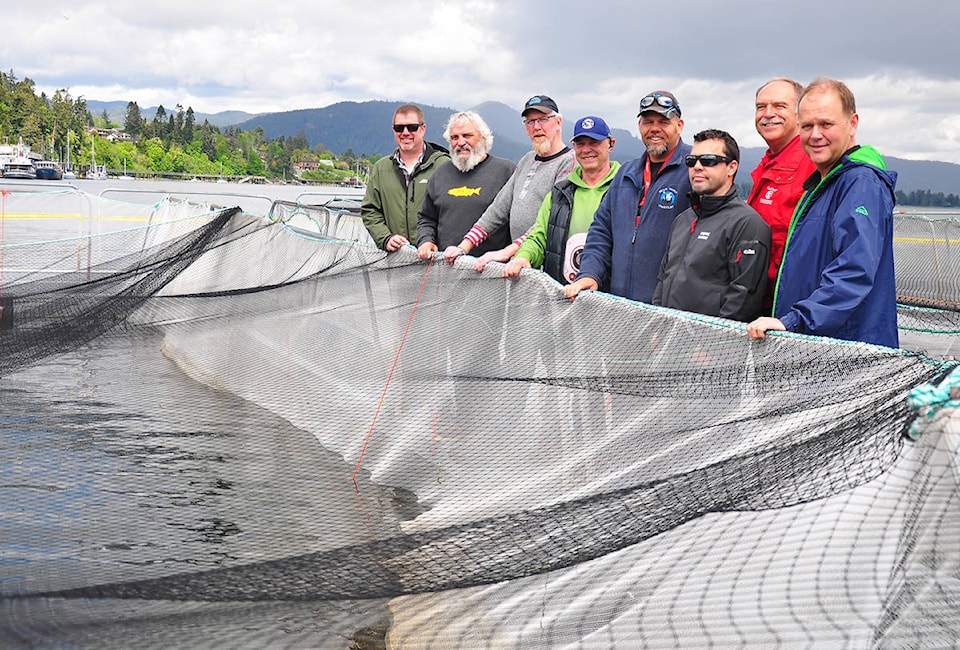By the end of May, the first batch of around 225,000 young chinook salmon will be released into the ocean to help feed B.C.’s endangered orcas.
The program, the first of its kind locally, involves catching wild fish and facilitating their reproduction in a hatchery – and now the salmon are set to be released from a uniquely-designed pen off the docks of the Sooke Harbour Resort and Marina.
The salmon enhancement project is a multi-year program involving several groups hoping to significantly increase the number of large adult chinook salmon in the Strait of Juan de Fuca during the key pre-winter feeding time of orcas.
The project is separate from the Sooke Salmon Enhancement Society, although it works in tandem with its efforts of revitalizing salmon supply in local waters. Additionally, it’s meant to help maintain a healthy population of orcas, as chinook salmon are their basic meal.
“Abundance of the southern resident killer whales and the health of their population depends very strongly on the abundance of chinook salmon,” said Dan Kukat, owner of Spring Tide Victoria and a co-member of several groups which helped the project come to fruition.
Kukat added part of the concern is the abrupt drop in chinook salmon since the 1980s.
“More food on the table, more whales, less food on the table, less whales, it’s that simple,” he said.
It’s more than just feeding orcas though, said Chris Bos, president of the South Vancouver Island Anglers Association, noting the project will be beneficial to Sooke when those fish return in three years as adults.
“If you put more chinook out there mid-July and mid-September annually, and in three years time, you’ll have thousands of additional large chinook out there,” Bos said, adding First Nations, such as the local T’Sou-ke First Nation will benefit from the project.
“First Nations who haven’t had a food, social and cultural fishery for many decades here on chinook will now have that opportunity again.”
Bos highlighted that the $500,000 project, all privately-funded, is not a fish farm, as the fish are grown in the Department of Fisheries and Oceans—certified hatcheries, then given a boost in the pen to make them the optimal size going into the ocean phase of their life, usually weighing no more than six grams.
“They miss all the problems born in the gravel, without all those potential factors, such as predators,” he said.
The fish are from Nitinat River wildstock.
